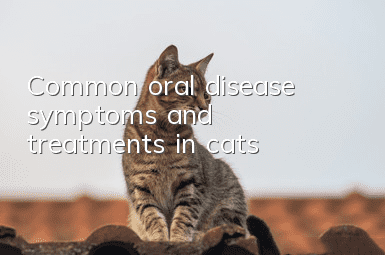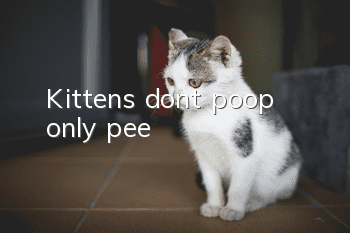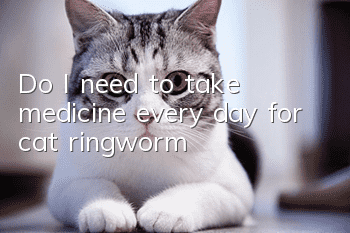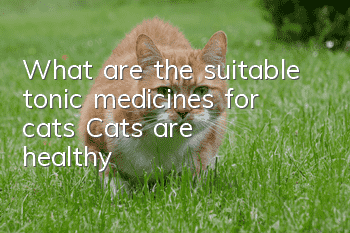Common oral disease symptoms and treatments in cats

Common oral diseases in cats:
1. Dental calculus
1. Causes of formation:
Regular consumption of soft and Foods with higher water content are more likely to produce tartar. If it is not cleaned in time, dental calculus will form.
The early stage of dental calculus is dental plaque. Bacteria multiply on the surface of cat teeth, erode the enamel, destroy the smoothness of the enamel surface, and cause the adhesion of calculus to the tooth surface.
As dental calculus gradually increases, the surface of the teeth will become pitted and uneven, and more bacteria will breed, resulting in cat oral disease lesions.
2. Common symptoms:
① There are yellow-brown stones on the side walls of the teeth, often accompanied by red, swollen and inflamed gums.
②Halitosis, drool gradually increases, does not like cold or hot food, does not like hard food, eats less and less, and even stops eating.
2. Gingivitis
1. Causes:
① Bacteria-filled tartar causes inflammation.
② A low immune system is usually caused by infection with other viruses such as Feline AIDS (FIV).
③ Other viral infections, such as cat calicivirus (FCV), are generally infected through animal feces and secretions.
2. Common symptoms:
① Bad breath and drooling.
②Loss of appetite and weight loss.
③ Gums bleed, and in severe cases, cats will have ulcers all over their mouths.
3. Periodontitis:
Periodontitis is an acute or chronic inflammation around the teeth. In severe cases, loose teeth, tooth root atrophy and deformation, and bad oral odor may occur.
1. Causes of formation:
① It is caused by the irritation of dental calculus.
② Food accumulation or infection after tooth loss.
③Cat food lacks trace elements or vitamins.
④ Certain infectious diseases and chronic systemic diseases, such as calicivirus, diabetes, kidney disease, hyperthyroidism and genetic diseases.
2. Common symptoms:
① Bad breath, drooling, appetite but can only eat soft food or liquid food, and dare not chew food. When food touches the affected area, severe pain will occur, causing the cat to cry out.
② After cats are sick, they will stop eating due to pain, suffer severe convulsions and spasms, and some will turn in circles or fall down to resist inspection.
③ Generally, molars have a higher incidence of the disease. In the early stage of the disease, if you gently touch the teeth with tweezers, you will experience obvious pain, and the tooth roots will be congested and swollen. In severe cases, pus may appear with gentle squeezing.
Treatment methods for cat oral diseases:
1. Cats with mild dental calculus and periodontitis can first undergo anesthesia, sedation and dental cleaning to wash away the attached dental calculus. After that, brush your teeth regularly or give enzyme oral ointment every day to reduce inflammation and the accumulation of dental calculus.product.
2. For severe dental calculus and gingivitis, in addition to anesthesia and teeth cleaning, teeth that are severely inflamed and have their roots exposed must also be extracted. The remaining slightly inflamed teeth must be brushed daily or given an enzyme-based oral paste.
Feline gingivitis is a common disease in cats, but since there are currently few cured cases of cat gingivitis, prevention is better than treatment.
- Cats tremble while sleeping
- The cat's tail does not move, but the tip of the tail moves
- How to teach a cat to be alone when the owner is not at home? Cat training!
- Radiographic signs of cat joint disease, the disease makes cats miserable!
- Does your British Shorthair cat have these bad habits?
- How to treat postpartum calcium deficiency in cats?
- What are the signs of a Chinchilla cat in heat?
- Why do I drool when I touch a cat?
- What should you pay attention to when breeding cats?
- Is cat urine poisonous?



